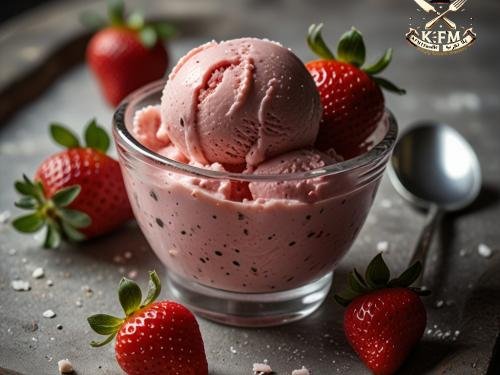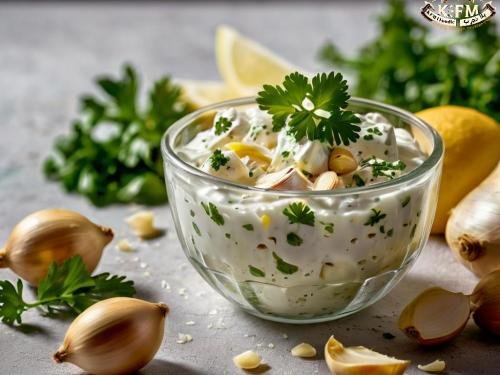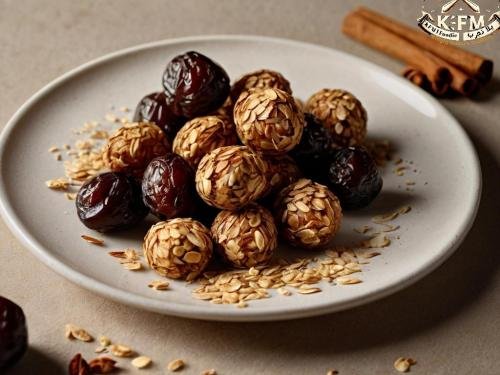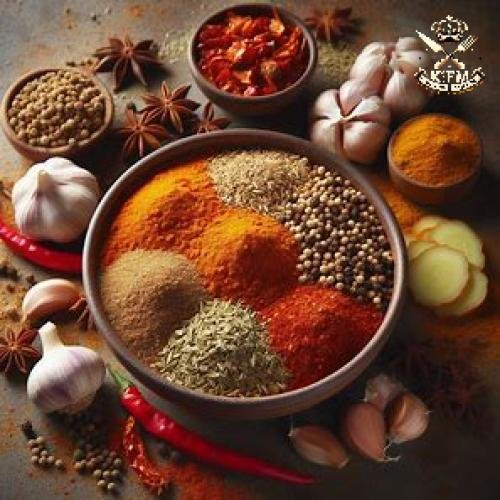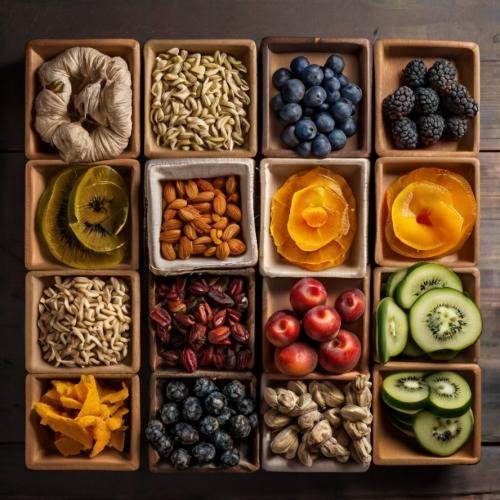Do you love cantaloupe? Cantaloupe isn't just a fruit; it's a nutritional treasure trove packed with numerous health benefits for the body. Thanks to its rich fiber and water content, along with its low calorie count, it’s an ideal choice for those looking to lose weight and stay hydrated. It also helps improve sexual health, enhances skin and hair health, prevents dehydration and asthma, supports digestion, aids in controlling blood pressure, and contains antioxidants that help prevent cancer while promoting heart and arterial health.
For pregnant women, cantaloupe offers unique benefits, such as preventing constipation and muscle cramps, improving sleep quality, and more. In summary, consuming cantaloupe in moderation provides energy and vitality while enhancing body functions and protecting against various diseases.
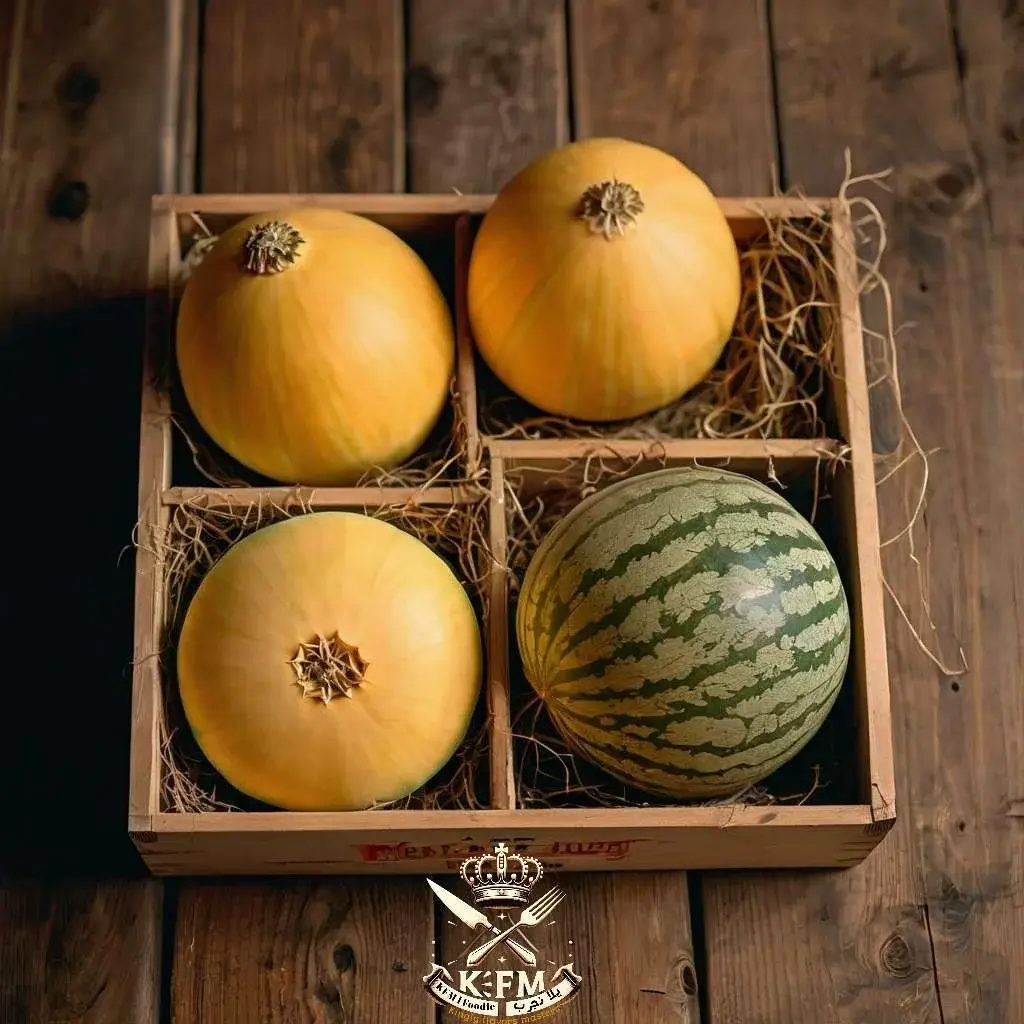
Detailed Steps for Storing Cantaloupe:
1. Choosing Fresh Cantaloupe:
- Look for a cantaloupe with a rough, textured rind that feels heavy for its size.
- A ripe cantaloupe should have a slightly soft feel when gently pressed.
- Check for a sweet aroma near the stem area, which indicates ripeness and readiness for consumption.
2. Cleaning:
- Wash the cantaloupe thoroughly with cold water to remove dirt and bacteria from the rind.
- Use a clean towel to dry the cantaloupe completely, as excess moisture can lead to quicker spoilage.
3. Whole Storage:
- At Room Temperature: If you plan to eat the cantaloupe soon, leave it at room temperature to ripen further and enhance its sweetness.
- In the Refrigerator: Store the whole cantaloupe in a cool, dry place in the fridge to extend its shelf life. The cold environment helps preserve its flavor and color. Avoid placing it near foods with strong odors.
- Whole cantaloupe can be stored for up to one week in the fridge.
4. Cutting the Cantaloupe:
- When ready to use, slice the cantaloupe into desired portions, such as slices or cubes.
- Place the pieces in an airtight container to prevent them from absorbing odors from other foods in the fridge.
5. Storage After Cutting:
- Store the cantaloupe pieces in the refrigerator to maintain their freshness. Properly stored, the pieces can last 3–4 days.
- Avoid cutting the cantaloupe in advance unless necessary, as it can dry out and spoil faster.
- Keep the container in the coldest part of the fridge, away from the door where temperatures fluctuate.
6. Freezing (Optional):
- For long-term storage, freeze the cantaloupe pieces. Spread them on a baking tray and place them in the freezer until solid.
- Once frozen, transfer the pieces to airtight freezer bags, label the bag with the freezing date, and seal tightly.
- Frozen cantaloupe can last 10–12 months, allowing you to enjoy it year-round.
7. Wrapping:
- If storing a leftover half cantaloupe, wrap it tightly in plastic wrap to retain moisture and freshness.
By following these steps, you can enjoy fresh and delicious cantaloupe for days, weeks, or even months!
Health Benefits of Cantaloupe:
1. Rich in Vitamins and Minerals:
- Vitamin C: Boosts the immune system and maintains healthy skin.
- Vitamin A: Supports good vision and helps maintain skin health.
- Potassium: Assists in regulating blood pressure and improving heart health.
2. Antioxidant Properties:
Cantaloupe contains antioxidants such as beta-carotene and lutein, which help combat free radicals and reduce the risk of chronic diseases.
3. Dietary Fiber:
- Improved Digestion: Rich in dietary fiber, cantaloupe aids in digestion and prevents constipation.
- Body Hydration: With its high water content, cantaloupe helps hydrate the body and prevent dehydration.
- Digestive Health: The fiber in cantaloupe promotes better digestion and regulates bowel movements.
4. Heart Health:
Potassium in cantaloupe helps regulate blood pressure and protects the heart from cardiovascular issues.
5. Skin and Hair Health:
The antioxidants in cantaloupe protect the skin from damage and delay signs of aging, promoting healthy skin and hair.
Note:
Cantaloupe is suitable for most people but may not be ideal for those with allergies or individuals on diuretic medications. People with diabetes are advised to consume it in moderation.
Types of Cantaloupe and Their Characteristics
Cantaloupe is not just one fruit; it comes in various types that differ in shape, taste, and color. Here are some common types:
1. Cantaloupe (Muskmelon):
- The most popular and well-known variety, recognized for its bright orange flesh and rough, ribbed rind.
2. Honeydew Melon:
- Characterized by its pale yellow-green skin and sweet, juicy flavor, making it one of the sweetest varieties.
3. Casaba Melon:
- Features light yellow or white skin with a smooth texture. It has a refreshing and sweet taste, often used in salads and juices.
4. Net Melon:
- Known for its net-like patterned rind and sweet flavor.
5. White Melon:
- Recognized by its smooth, white skin and refreshing, sweet taste.
Uses of Cantaloupe in Cooking
- Desserts: Used in juices, smoothies, ice creams, and sweet dishes.
- Salads: Adds a refreshing and delicious touch to salads.
- Main Dishes: Can be incorporated into savory dishes like chicken and meat recipes.
Global Recipes Featuring Cantaloupe
- Cantaloupe, Feta, and Basil Salad: A refreshing and flavorful combination.
- Cantaloupe, Banana, and Honey Smoothie: A healthy and hydrating drink.
- Cantaloupe Sorbet: A natural, refreshing treat for hot days.
- Cold Cantaloupe Soup: A light and delicious soup, ideal for warm weather.
- Cantaloupe and Grilled Shrimp Salad: A perfect mix of fruity and seafood flavors.
- Cold Ginger Cantaloupe Soup: A refreshing and light soup for summer days.
- Chicken Kebab with Cantaloupe and Mango: A delicious main course blending Eastern and Western flavors.
- Cantaloupe Ice Cream with Green Onion: A unique fusion of sweet and spicy.
- Cantaloupe and Lemon Cheesecake: A light, refreshing dessert, perfect as a snack.
- Cantaloupe Jam: A simple, delicious way to preserve cantaloupe and enjoy it during winter.
Additional Tips
1. How to Choose Fresh Cantaloupe:
- Color: Choose cantaloupe with a yellow or light orange hue. Avoid those with large green spots, as they indicate under-ripeness.
- Texture: Ensure the texture is firm but slightly yielding. Press gently; ripe cantaloupe will feel slightly flexible.
2. Recycling Leftover Cantaloupe:
- If you have cantaloupe pieces that are no longer fresh enough to eat directly, use them to make juices or smoothies.
Conclusion
Maintaining the freshness of cantaloupe involves simple, effective steps. From selecting fresh cantaloupe to properly cutting and storing it, you can ensure its flavor and health benefits last as long as possible. By following these tips, you'll make cantaloupe a perfect addition to your daily diet. And don't forget—we’ll make you a pro at picking the best cantaloupe and serving it in the most delicious ways!




